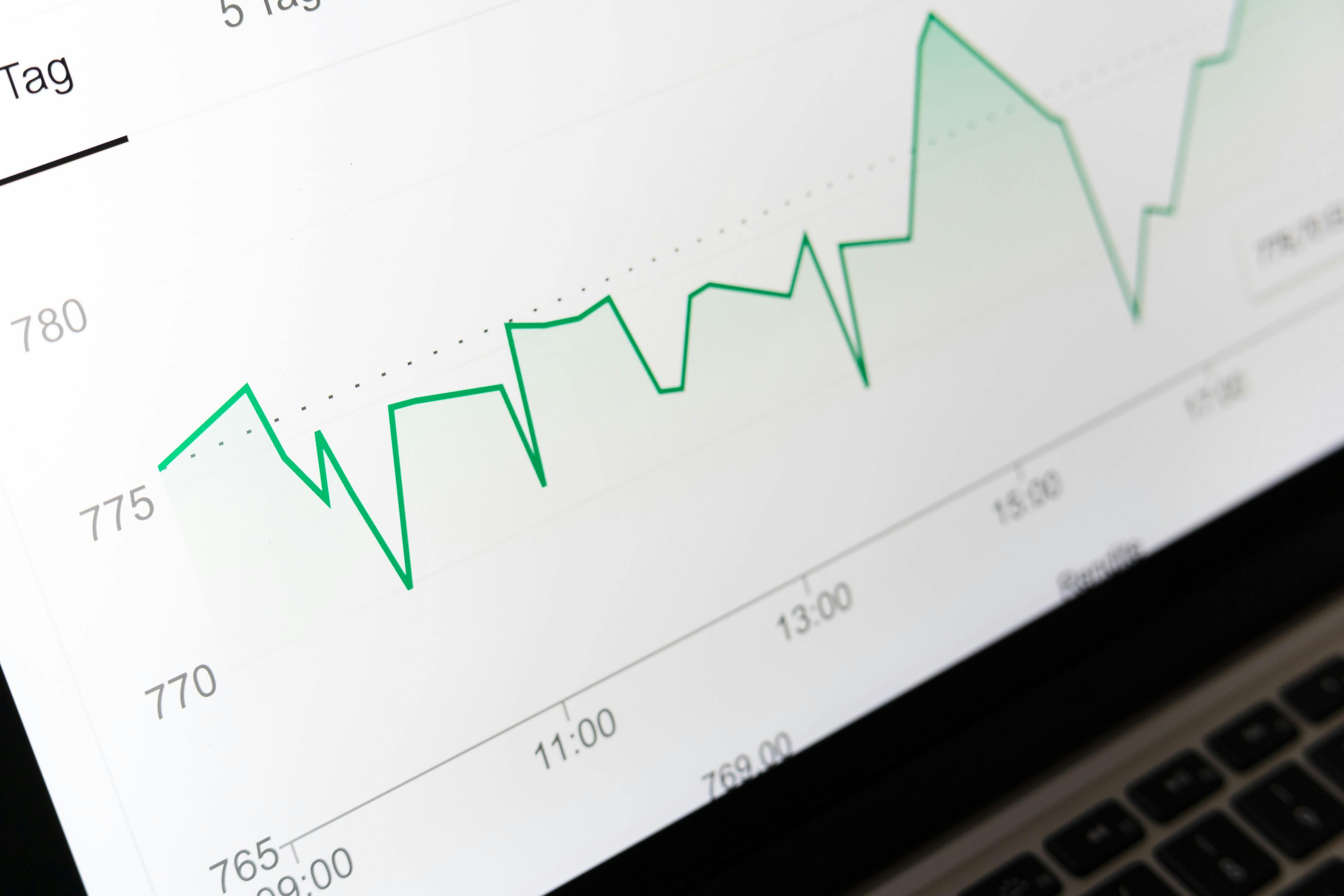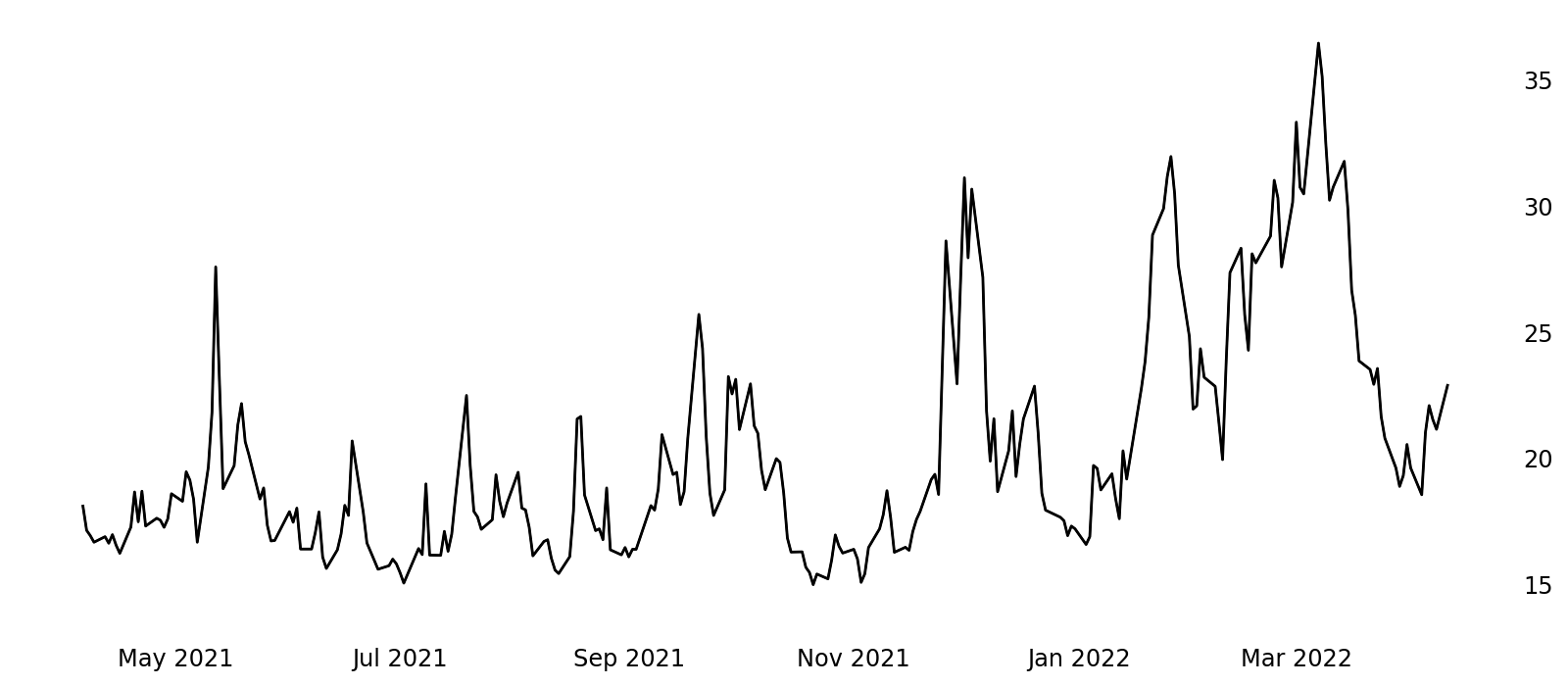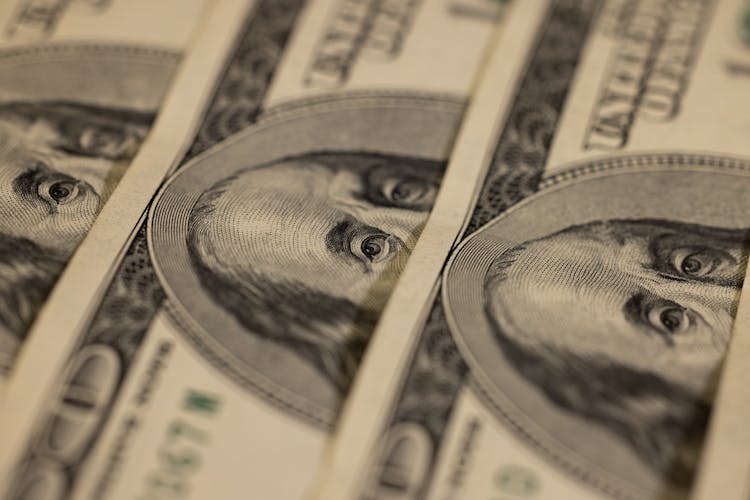
Options Trading: Why is Volatility Important?
Apr 12, 2022
By Davide Accomazzo and Clemens Kownatzki
Traders seek and cherish volatility as some of the biggest opportunities can hide behind the hills and valleys of risk. However, the potential profits offered by taking on that risk can often only be preserved when one is prepared to deal with the consequences of the unexpected.
VIX \ S&P 500 Volatility Index

Source: CBOE
Financial markets are lands populated by white swans, gray swans, and, more often than statistically justified, black swans. Nassim Taleb, author of the masterpiece on risk “The Black Swan,” calls these lands Extremistan. Contrasting that with another one of Taleb’s terms, Mediocristan, it reminds us of the year 2017, when market volatility was at extremely low levels and buy-and-hold was the go-to method for success. While the average buy-and-hold investor’s return in 2017 was hardly mediocre,* the lack of market volatility reduced opportunities for engagement and caused many traders to question their models and even their talents.
Fast forward to today and we have experienced a pandemic with a couple of years of shock to the markets, where passive investors witnessed a bit of mayhem. At present, volatility is hot and heavy in the markets as the convergence of war, inflation, an increasingly more hawkish Federal Reserve, and supply shocks create the perfect storm.
These are the days aggressive traders dream about…if they know what they are doing. Because these are also the days that could make derivatives, and the knowledge of how to trade derivatives, key elements to success (or at least survival) in global markets.
Trade Examples Using Volatility
For example, take a look at the crude oil market:
While it is reasonable to expect prices to remain high and possibly to increase even more rapidly, should the confrontation between Putin and the West continue to deteriorate, the recent pop makes the downside risk a serious probability. Traders that would like to continue to retain a long position could be well advised to marry their futures long exposure with long puts, hedging their long exposure. An alternative would be to exit long positions held in futures or ETFs and replace such an exposure with long calls. The switch can allow for a capturing of the profits, continued long exposure, and a predefined maximum loss; as they say, taking advantage of the asymmetric risk-return profile from some of these options strategies.
A similar case can be made for precious metals, especially gold:
Gold - the quintessential precious metal - is highly correlated to uncertainty and inflation, which are two elements wreaking havoc on markets currently. Both factors could remain part of the economic fabric for some time. And yet, they will flow and ebb as institutions respond, investors adjust, and generals shoot. In these conditions, the three-dimensional optionality of derivatives allows traders to customize risk taking in great detail and to also retain the flexibility to more quickly respond to changing market conditions. Strangles let you take a neutral view on this volatile but range-bound asset class; and iron condors let you do the same with defined risk. Calls or puts on their own allow you to harness direction without having the full risk of actual gold bars on your books.
As always, you should have a clear strategy in mind prior to placing any trades. Identifying entry and exit points is one of the many ways to control risk. Or, as we noted above, using an option strategy to retain your upside while defining your downside risk is another straightforward method to manage risk.
In the words of iconic British economist John Maynard Keynes, markets can stay irrational longer than you can stay solvent. That said, Keynes did not have a wealth of derivatives products that could change the size and probability of his investments.
Davide Accomazzo is the Chief Investment Officer at THALASSA CAPITAL and Finance Professor at Pepperdine Graziadio Business School.
Clemens Kownatzki is Associate Dean of Fulltime Programs and Finance Professor at Pepperdine Graziadio Business School.
*The S&P 500 Index returned 19.5% in 2017 (Source: Yahoo! Finance)
Sign up for more articles like this with our free weekly market commentary.







